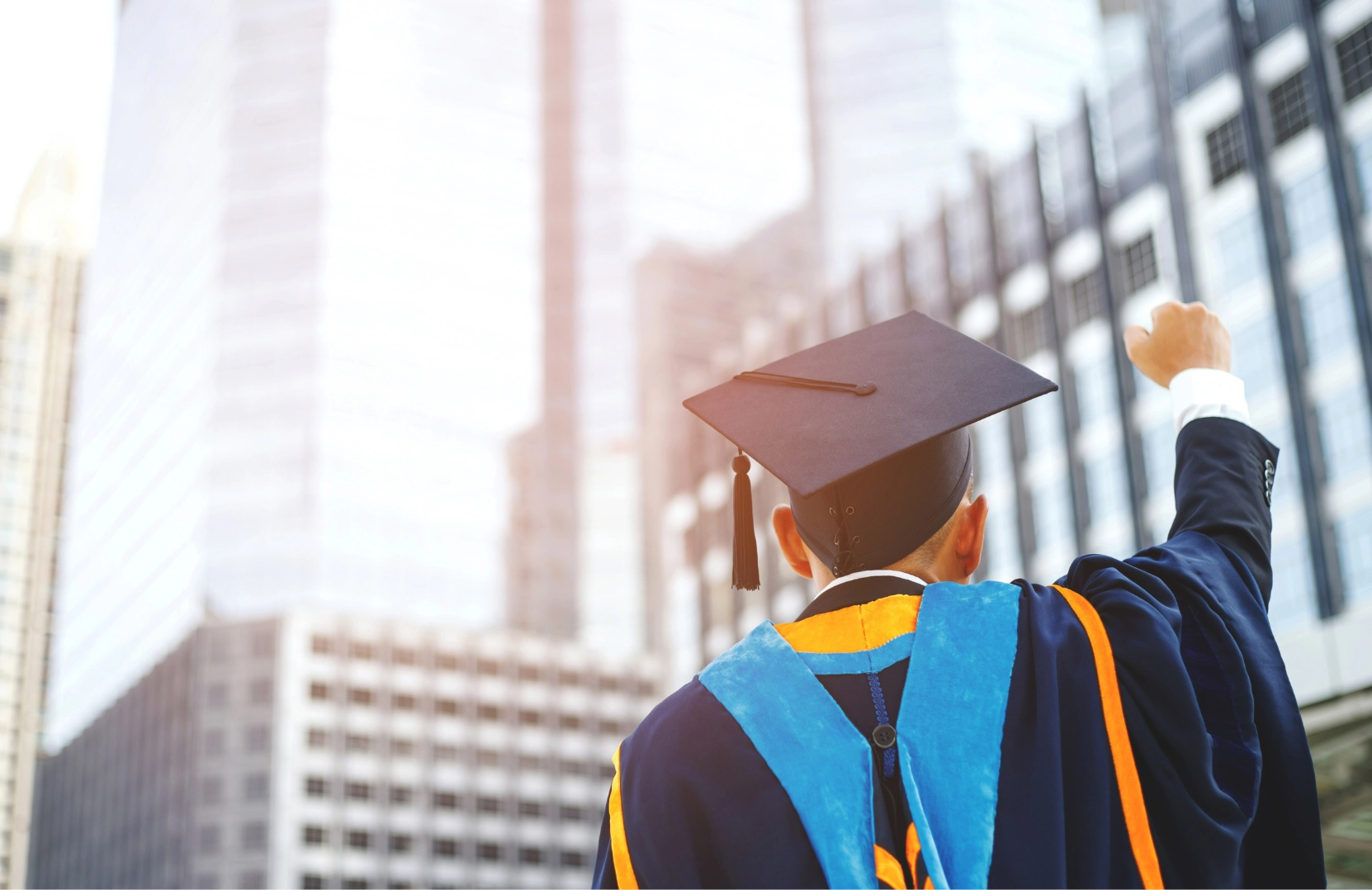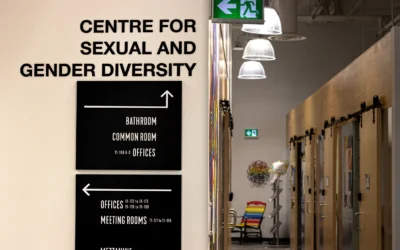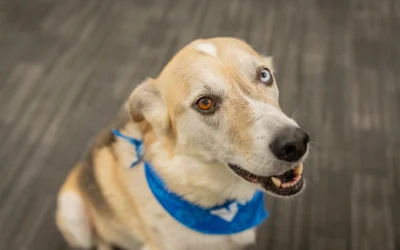Throughout the COVID-19 pandemic, students felt the burden of a lack of support on their backs. The students were thrust into a new, unfamiliar online education format which required self-directed learning. Schools weren’t set up to support this change, with students and staff struggling to maintain high-quality education and their mental health suffering the impacts of social isolation. Now out of the pandemic, these students are now transitioning into university, and the impact of isolation on education becomes clear: students are unprepared and unsupported.
“It ruined my learning experience almost, but I just had to adapt,” says Trason Ridgewell, a first-year bachelor of fine arts about how the lack of support impacted his schooling. Like many other students entering their first year, Ridgewell transitioned into high school during social isolation. He experienced the beginning of high school alone, missing out on many of the critical building blocks of social development.
“I felt kind of almost cheated out from many, many kinds of experiences in high school,” he recalls “I feel like a lot of my social skills were almost stunted because of it.”
Dylan Barsness, a first-year bachelor of communications student, shares a similar sentiment about the struggle to facilitate motivation during online schooling. “I got really lazy and uninterested in anything, you know,” he says, shrugging. “When you go to school, you have a goal.”
“ It’s like work, you know? You have a repetition, and you’re used to it.”
However, not every student had the same negative experience. First-year faculty of fine arts student, James Allen, details how he facilitated his own support over isolation.
“I feel like I handled it better than others. Part of that was actually because of video games,” he says, chuckling. “I was still talking to and hanging out with my friends a lot.” Allen, like other young adults, found solace online by making interpersonal connections.
However, the support was purely social. In school, he still noticed a difference. “I really hated constantly switching between online and in person,” says Allen. “I would be expecting to get things in person, but then they would turn online, and I wasn’t ready for it.”
This is a common perspective, with Barsness also experiencing whiplash from the constant online-offline switch. “I think a little more checking in for like a lot of the online students that weren’t in class because, for a brief time, no one is in class,” says Barsness.
“It was, like basically, you listen, you have to show up through this, but there’s no checking in,” he says. “No programs or services to make sure everyone’s doing all right mentally until afterwards.”
Amy Fadeyi, coordinator of orientation and transition programs at MacEwan, brings attention to the increased need for support by examining student participation in orientation events.
“Our early-bird orientation program saw 1100 students come through this summer,” she highlights. “As our incoming student numbers increase, I think the need for in-person content is definitely ramping up from compared to the pandemic side.”
Fadeyi’s perspective is similar to student accounts on social isolation on students. She also recognizes the social impact of the pandemic on the student population. Fadeyi says:“Especially in group projects, the ability to communicate out loud to other people is probably something that was hit the hardest by COVID. We’re pretty used to sitting behind a screen and typing [our thoughts] or writing [them], editing [them], having a few minutes to think ‘do I want to post this and edit my thoughts?’”
However, Fadeyi says that this discomfort doesn’t have to be detrimental to the learning experience. She says: “I think it comes right down to the ability to ask for help. The second that you open yourself up to saying, . . . that you need help with something, and then communicating that to anyone — your parents, your professors, your friends. . . is such a powerful statement.”
Fadeyi also encourages struggling students to participate in on-campus activities to build an education-related community of support. “Students should get involved. It definitely helps,” she says. “The second you feel like you’re not alone on campus, it’s going to change how you get educated.”
“Find your people, join clubs, volunteer, do more than just come to your classes and then leave, and you’ll see that your marks will rise.”Even though the general consensus is that the pandemic negatively impacted students’ social and educational growth, there is also a common positive sentiment in the population. —the idea of resilience.
“I think it made me have to rely more on myself than kind of being spoon-fed education,” says Ridgewell, “I think I’m more resilient for it.” Barsness shares a similar perspective, and acknowledges that “you have to adapt. If something goes wrong, all hell breaks loose, you have to adapt and learn and grow above it.”
Although current students may have hurdles to face in regards to their education, Fadeyi acknowledges the importance of recognizing positive changes. “I’ve noticed a lot more students kind of being more social,” she says. “I feel like we might be getting over the hump of being a bit more socially anxious to get involved. I’m at least hoping that might be the trend that we can work with here.”
The pandemic created a plethora of unforeseen societal circumstances which caused rifts in students’ social and educational experiences; and yet, students have pride in their ability to adapt. Throughout the drastic changes of the last four years, one message remains strong: there will always be something good to look for in all of the chaos.





0 Comments